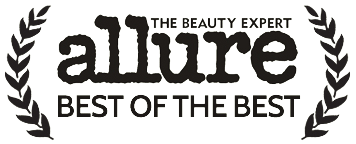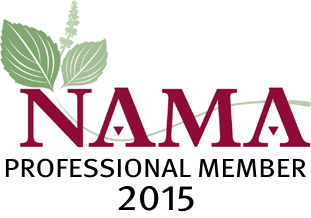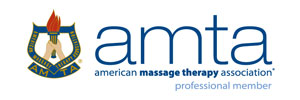This simple concnept of connnecting energy points in the hands, feet and ears creates such profound changes in the body, that it leaves a person in awe as to how this is possible.
The Chinese have used pressure point therapy and reflexology for the last 5,000 years. In fact, examples of reflexology as a healing tool was found in Egypt as early as 2,300 B.C. and even in more recent years in Native American Medicine. Various organs, nerves and glands are connected to a reflex point in the hands, feet or ears. Working relevant reflex points in a particular way can alleviate pain and other symptoms and improve organs and systems in corresponding areas of the body.
By exerting pressure in an area, the practitioner can alter the energy in another area, stimulating the body's self-healing ability, which, in turn, alleviates pain and illness.
Reflexology stimulates thousands of nerve endings, encouraging the clearing and opening of neural pathways. Because it reduces tension and aids nervous system functioning, reflexology is excellent for stress relief. It can be so relaxaing that the recipient feels like taking a nap without a care in the world. Reflexology is used for:
- General maintenance
- Stress relief
- Benefitting any condition
- Circulatory disorders
- Gout
- Headaches
- Colds
- Earache
- General aches and pains
- Allergies
- Nervous disorders
- PMS
If the organ is in a weakened state, the pressure point will be very tender when pressed. Therefore, reflexology can somteimes be uncomfortable, rather than soothing and comforting. This is believed to be due to the breaking up of uric acid crystal deposits that settled in the feet or to the stimulation of sensory receptors. It may take several sessions for the tenderness to dissipate but this is a good thing. When properly cleared. the energy can flow and healing occurs.
Contraindications for reflexology include:
- Heart conditions
- Epilepsy
- Diabetes
- Phlebitis
- Lymphatic cancer
- Conditions requiring surgery
- Deep vein thrombosis
- Early pregnancy





